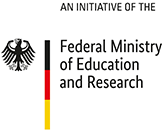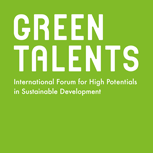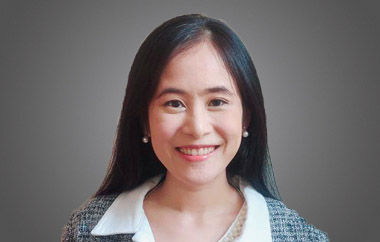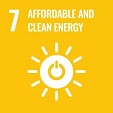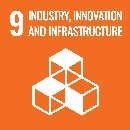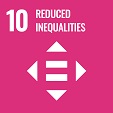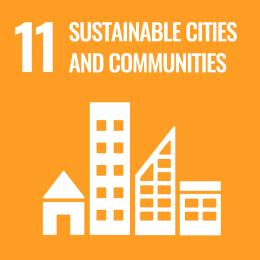PhD in Materials Science and Engineering
Current position: Research Group Leader at Metallurgy and Materials Science Research Institute of Chulalongkorn University, Thailand
Research focus: stability of perovskite solar cells, testing protocols for renewable energy devices, and solar-storage integration
Solar cells with the active material based on hybrid halide perovskite-structured are very interesting due to their ability to convert solar energy into electricity at low cost. The solution processability enables easy incorporation of these solar cells on top of other solar technologies to boost energy efficiency and mass production, which opens up possibilities for wide range of applications, such as green buildings, electric vehicles, wearable devices, etc. However, the stability of perovskite solar cells in the operating environment remains the limiting factor for the implementation of this technology. Therefore, Rongrong’s current research focuses on understanding the operational behaviour to improve the stability of perovskite solar cells.
Rongrong investigates behaviours of perovskite solar cells under different combinations of environmental stress. Based on her results, she utilises a materials science approach to iterate through generations of devices and encapsulation designs to extend the lifetime of these solar cells. She also runs tests of bare and encapsulated perovskite solar cells according to international standards. She was the first one to prove that encapsulated perovskite solar cells can pass the three most extreme International Electrotechnical Commission (IEC) tests: thermal cycling, damp heat, and UV-exposure tests. These results indicate that the perovskite solar cells should withstand 25 years of outdoor use. Currently, Rongrong is working on simplifying the encapsulation design to reduce the cost of electricity. She has been actively engaged in drafting the first international consensus statement on the stability of perovskite solar cells and contributing her insight to the adaptation of IEC testing standards to support new solar technologies. She also aims to provide comprehensive energy solutions that integrate solar-powered devices to storage technologies, and applies her reliability expertise to standardise testing procedures for emerging energy conversion and storage technologies.
Rongrong’s work supports several UN Sustainable Development Goals, especially Goal 7 (Affordable and Clean Energy) and Goal 13 (Climate Action), by replacing the use of fossil fuels to generate electricity.
The jury was impressed by her highly relevant, innovative research on improving the stability of solar cells. In addition, her previous achievements, numerous awards, and grants caught the jury’s attention, as did the fact that some of her methods in the field of solar cells have already been implemented by various companies.
The research of Rongrong mainly contributes to the Sustainable Development Goals 7, 9, 10, 11, 13:
Take a look at this video that briefly introduces Rongrong and her research:
